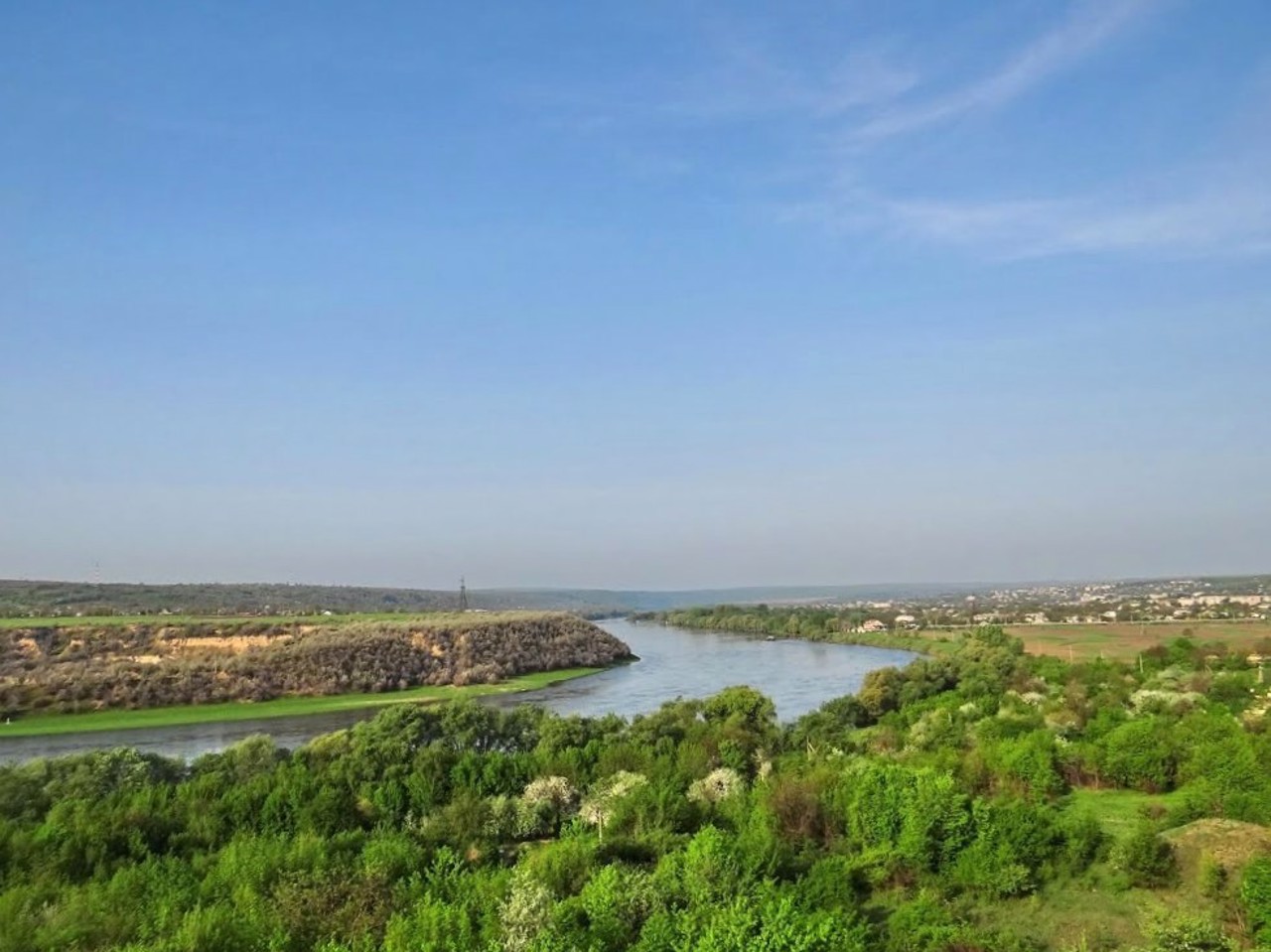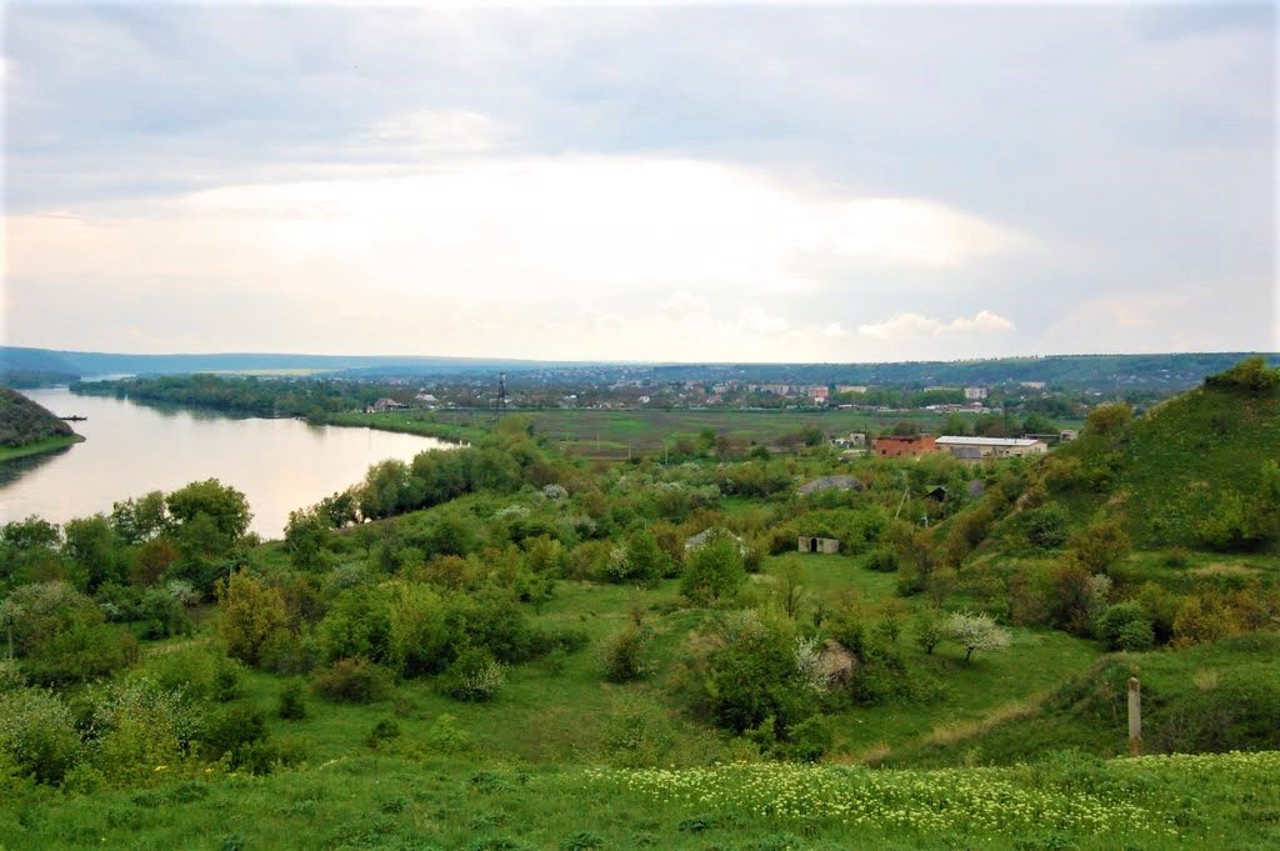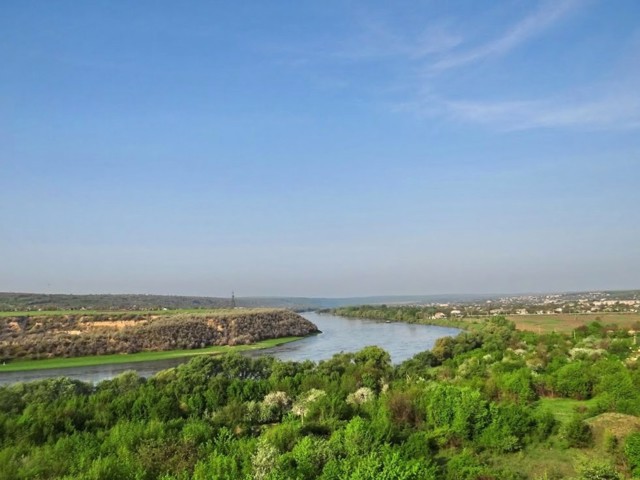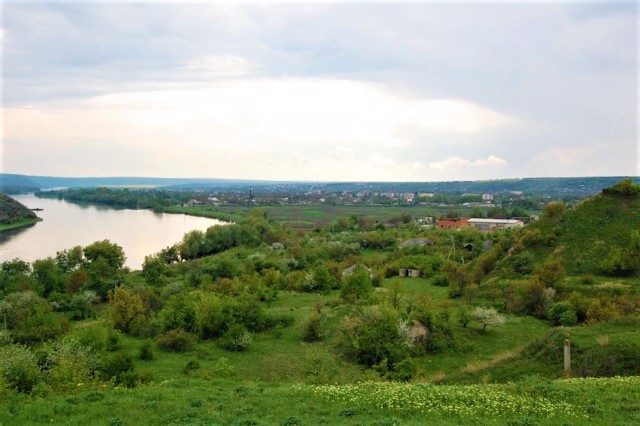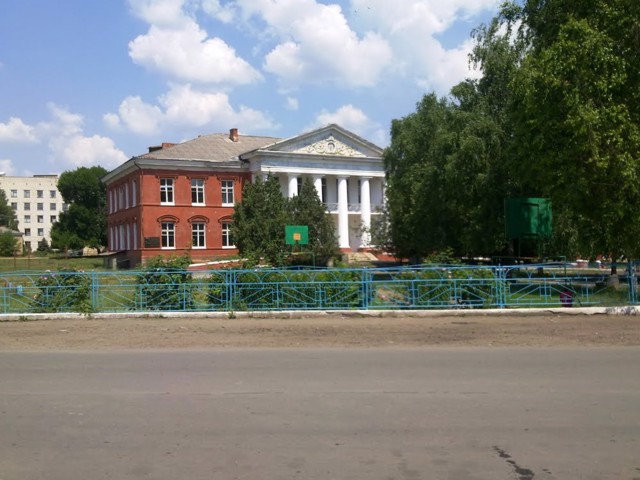Functional temporarily unavailable
General information about Yampil
The border city Yampil is located on the banks of the Dniester River, at its confluence with the Rusava River. Administratively, it is part of the Mohyliv-Podilskyi district of Vinnytsia region. Already in the 16th century, it was considered a significant trading center due to its location near a convenient crossing near the rapids, downstream of which the river was navigable.
At the beginning of the 17th century, the great crown hetman Jan Zamoyskiy built a castle (not preserved). According to one version, the city was named after the hetman. Having become a stronghold of the Cossacks during the War of Liberation, Yampil suffere ...
The border city Yampil is located on the banks of the Dniester River, at its confluence with the Rusava River. Administratively, it is part of the Mohyliv-Podilskyi district of Vinnytsia region. Already in the 16th century, it was considered a significant trading center due to its location near a convenient crossing near the rapids, downstream of which the river was navigable.
At the beginning of the 17th century, the great crown hetman Jan Zamoyskiy built a castle (not preserved). According to one version, the city was named after the hetman. Having become a stronghold of the Cossacks during the War of Liberation, Yampil suffered greatly in 1651 during the punitive campaign of the troops of the Hetman Martyn Kalinovsky, and lay in ruins for many decades. At the beginning of the 18th century, the new owners of Pototskyi began to restore the city - they built a wharf and warehouses for goods. In 1770, the Mykolaiv Church was built. In 1795, Yampil became a district town of the Podillya province, although in fact it remained a large village.
On the shore you can visit the Sculpture Park. In the old Jewish cemetery between Yampil and the village of Porohy, tzadik Borkha Rabinovych, "Zolochiv Magid", great-grandson of the founder of Hasidism, Israel Besht, is buried.
Yampil is connected to the Moldavian shore of the Dniester by a ferry crossing, and there is an international border crossing.
From the nearby village of Tsekynivka, you can see the Moldavian city of Soroki and the Soroki Fortress (15th century) located on the other bank of the Dniester - the most famous Moldavian monument of defensive architecture.
Прикордонне місто Ямпіль розташоване на березі річки Дністер, при впадінні в нього річки Русави. Адміністративно входить до складу Могилів-Подільського району Вінницької області. Існувало вже в XVI сторіччі, вважалося значним торговим центром завдяки розташуванню біля зручної переправи біля порогів, нижче за течією від яких річка була судноплавною.
На початку XVII століття великий коронний гетьман Ян Замойський побудував замок (не зберігся). За однією з версій, місто отримало назву від імені гетьмана. Ставши оплотом козаків під час Визвольної війни, Ямпіль сильно постраждав в 1651 році в ході каральної кампанії військ польного ге ...
Прикордонне місто Ямпіль розташоване на березі річки Дністер, при впадінні в нього річки Русави. Адміністративно входить до складу Могилів-Подільського району Вінницької області. Існувало вже в XVI сторіччі, вважалося значним торговим центром завдяки розташуванню біля зручної переправи біля порогів, нижче за течією від яких річка була судноплавною.
На початку XVII століття великий коронний гетьман Ян Замойський побудував замок (не зберігся). За однією з версій, місто отримало назву від імені гетьмана. Ставши оплотом козаків під час Визвольної війни, Ямпіль сильно постраждав в 1651 році в ході каральної кампанії військ польного гетьмана Мартина Калиновського, довгі десятиліття лежав в руїнах. На початку XVIII століття нові власники Потоцькі почали відновлення міста - влаштували пристань, склади для товарів. В 1770 році побудована Миколаївська церква. В 1795 році Ямпіль став повітовим містом Подільської губернії, хоча по суті залишався великим селом.
На березі можна відвідати Парк скульптур. На старому єврейському кладовищі між Ямполем і селом Пороги похований цадик Борха Рабинович, "Золочівський Магід", праонук засновника хасидизму Ізраеля Бешта.
З молдавським берегом Дністра Ямпіль з'єднує поромна переправа, діє міжнародний прикордонний перехід.
З сусіднього села Цекинівка відкривається вид на молдавське місто Сороки та розташовану на тому березі Дністра Сорокському фортецю (XV сторіччя) - найвідомішу молдавську пам'ятку оборонної архітектури.
Сплануй своє перебування у Yampil
What to see and where to go in Yampil
Tourist attractions and museums of Yampil
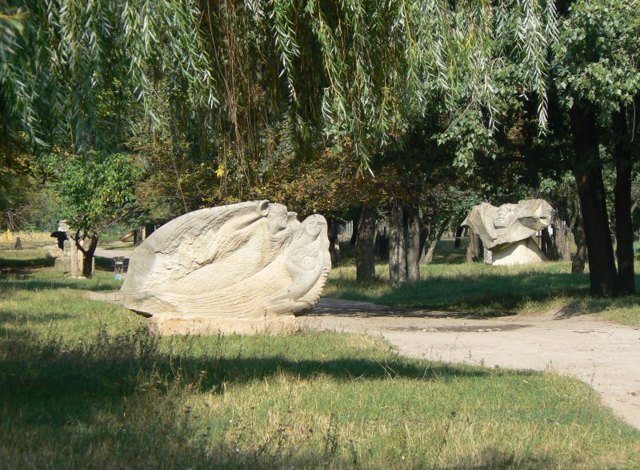
Sculpture Park
Park / garden
A collection of modern sculpture - more than 20 works of modern sculptors - is exhibited in the Yampil City Park.
The sculpture park on the banks of the Dniester was founded in 1988, when a symposium of sculptors was held in Yampil.
The open-air exposition presents the works of Oleksiy Aloshkin, Lyudimla Aloshkina, Yuriy Bahalik, Yuliy Synkevych, Mykola Bilyk, Yakiv Kulenko, Vasyl Fedoruk, Petro Matov, Yuriy Mysko and others.
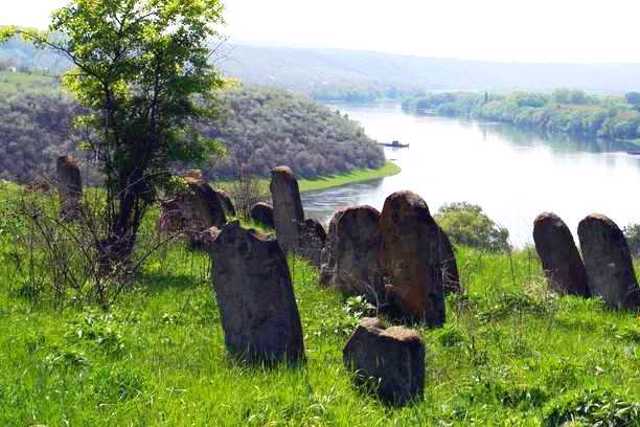
Old Jewish Cemetery
Historic area
The old Jewish cemetery near Yampil is located on the banks of the Dniester, halfway to the nearby village of Porohy, not far from the quarry.
In the 19th century, Jews made up almost a third of the population of Yampil, and there were 4 synagogues in the city. Among others, Tzadik Borkh Rabinovych, "Zolochiv Magid", great-grandson of the founder of Hasidism, Israel Besht, is buried in the cemetery. A mausoleum was built over his grave.
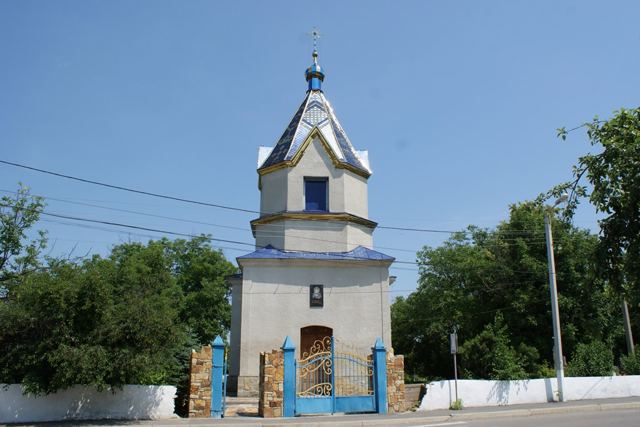
Saint Nicholas Church
Temple , Architecture
Saint Nicholas Church in Yampil was built in 1770 as a Catholic chapel with a separate bell tower.
In 1862, an octagon and a dome were built, a stone belfry was added from the west, and an iron roof was made.
Currently, the Church of Saint Nicholas belongs to the UOC of the Moscow Patriarchate. The main shrine is the icon of Hennadiy Yampilskyi.
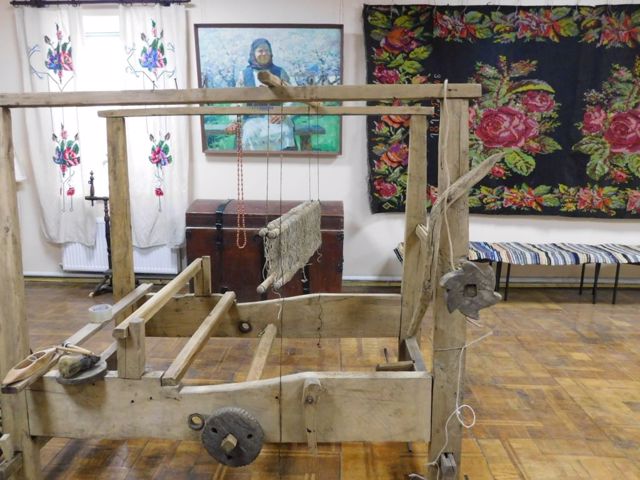
Yampil Fine Arts Museum
Museum / gallery
The Yampil Museum of Fine Arts presents a collection of works by contemporary Ukrainian artists, a collection of women's and men's clothing, and a numismatic collection by Volodymyr Lev.
The museum exposition presents products of traditional crafts of Yampil region: embroidery, Easter eggs, weaving from the villages of Klembivka, Dzyhivka, Tsekinivka, Pisarivka, Borzhky and others.
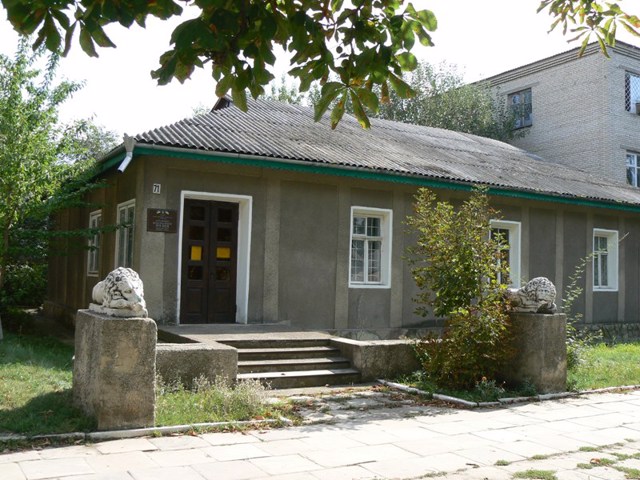
Yampil Historical and Local Lore Museum
Museum / gallery
The Yampil Museum of History and Local Lore is a department of the local Museum of Fine Arts. The exposition tells about the nature, archeology, history and culture of the Yampil region.
Yampil on photo and video
Reviews Yampil
Geographical information about Yampil
| {{itemKey}} | {{itemValue}} |
|---|---|
| Region |
Vinnytsia |
